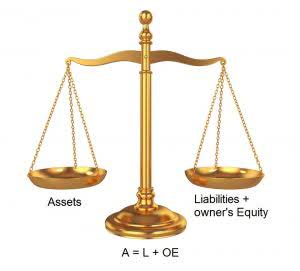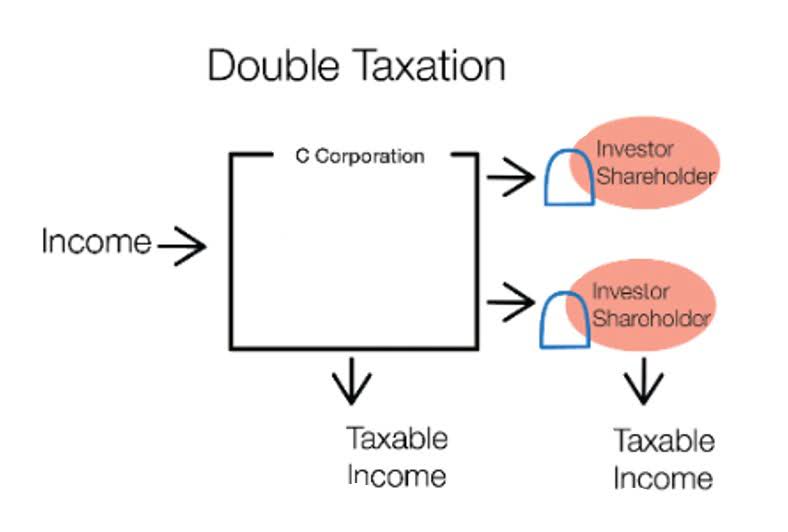Asset Disposal Definition, Journal Entries, Financial Statements

With Web File, you can schedule payments in advance, save your bank account information for future use, and update your business information. How quickly, or slowly, you choose to sell your assets depends on a number of factors. You need to consider how long you’re going to hold on to the asset, how much it’s worth and what impact selling it will have on your disposal value company. Your company should understand if it needs to pay taxes after an asset has been disposed of or if it is allowed to gain from the disposal instead. Understanding your legal obligations can help you make better decisions when managing assets and keep more money in your pocket. Imagine a situation where a company acquires a fleet of company vehicles.

How Does Accounting Play a Role in Asset Disposal?
- The first step is to journalize an additional adjusting entry on 10/1 to capture the additional nine months’ depreciation.
- Due to these factors, it is not unusual for a fully depreciated asset to still be in good working order and produce value for the firm.
- To calculate disposal value, one typically estimates the expected useful life of the asset and then estimates the value of the asset at the end of that period.
- To illustrate, assume a company sells one of its delivery trucks for $3,000.
- This method involves obtaining an independent report of the asset’s value at the end of its useful life.
- The asset is removed from the balance sheet, and the corresponding value is adjusted, reflecting the loss or gain.
Salvage value is the estimated value of an asset at the end of its useful life. It represents the amount that a company could sell the asset for after it has been fully depreciated. On the other hand, book value is the value of an asset as it appears on a company’s balance sheet. It is calculated by subtracting accumulated depreciation from the asset’s original cost. If a company wants to front load depreciation expenses, it can use an accelerated depreciation method that deducts more depreciation expenses upfront.
- Most businesses have different types of assets, such as inventory, vehicles, and equipment, that help them bring in revenue and add value to the business.
- In accounting, an asset’s salvage value is the estimated amount that a company will receive at the end of a plant asset’s useful life.
- Gains are reflected as an addition to the net operating income, and losses are reflected as a subtraction to the net operating income in the balance sheet.
- It’s important to keep track of asset disposal because assets typically represent a capital investment for your business and disposing of them will affect your balance sheet.
- This approach recognizes a higher amount of depreciation expense towards the beginning of an asset’s life and then gradually reduces that depreciation expense over time.
- There could be different ways to calculate depreciation, two most commonly used methods are straight line method and units of production method.
How Is Salvage Value Calculated?

In other cases, that asset may be scrapped or turned into raw materials. Therefore, the salvage value is simply the financial proceeds a company may expect to receive for an asset when its disposed of, though it may not factor in selling or disposal costs. This method requires an estimate for the total units an asset will produce over its useful life. Depreciation expense is then calculated per year based on the number of units produced. This method also calculates depreciation expenses based on the depreciable amount.
What is a Disposal Account?

Any amount received that is in excess of the asset’s book value will be reported as a gain at the time it is sold. For calculation of the disposal value of an asset, it is necessary to get its original cost and depreciated value. To calculate disposal value, one typically estimates the expected useful life of the asset and then estimates the value of the asset at the end of that period. This can be done by considering factors such as market conditions, technological obsolescence, and replacement costs. There could be different ways to calculate depreciation, two most commonly used methods are straight line method and units of production method.

Example of a Disposal Account

It includes equal depreciation expenses each year throughout the entire useful life until the entire asset is depreciated to its salvage value. The truck is not worth anything, and nothing is received for it when it is discarded. Both account balances above must be set to zero to reflect the fact that the company no longer owns the truck.
- Many companies use a salvage value of $0 because they believe that an asset’s utilization has fully matched its expense recognition with revenues over its useful life.
- This may also be done by using industry-specific data to estimate the asset’s value.
- Although in terms of debits and credits a gain account is treated similarly to a revenue account, it is maintained in a separate account from revenue.
- On the other hand, if you sell it for less than its original cost then you’d have a realized loss on sale.
- It is calculated by subtracting accumulated depreciation from the asset’s original cost.
The documents touch on Reagan’s faith, friendships and crisis-handling during various phases of his life as an actor, governor and president. The letters were written between the years 1952 and 1993, the organization said. Documents written by former President Ronald Reagan revealing a closer look at the president’s life and beliefs have gone up for sale. Yarilet Perez is an experienced multimedia journalist and fact-checker with a Master of Science in Journalism. She has worked in multiple cities covering breaking news, politics, education, and more. Keep in mind that even if you choose to keep the asset, you can always decide to dispose of it later if necessary.
- It represents the amount that a company could sell the asset for after it has been fully depreciated.
- These are calculated through a depreciation rate involving a straight line or double declining method.
- Each value serves a different purpose and is used in different financial analysis, depending on the context, and the goal of the analysis.
- You’ll receive your STAR credit quicker and eliminate the hassle of cashing a check.
- As a result, the entire cost of the asset used in the business will be charged to depreciation expense during the years of the asset’s expected useful life.


